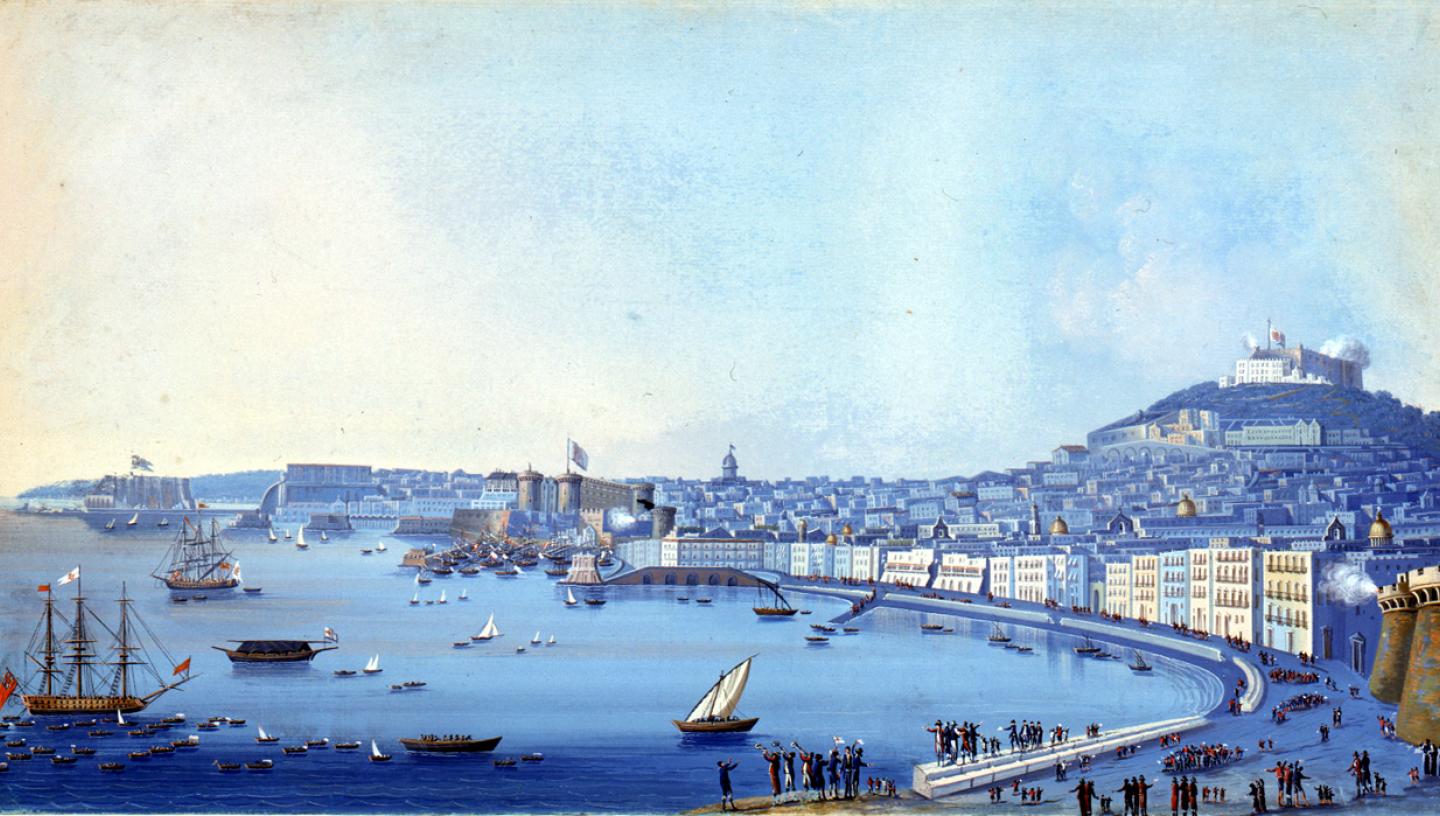
16 Feb 2017
Possession is the fourth post in our series exploring the many fascinating identities Emma Hamilton held throughout her life. It explores Emma's rise to fame, in collaboration with the famous artist George Romney.
Emma Hamilton is usually known as the lover of the great naval hero, Admiral Lord Nelson. However, this reductive stereotype obscures the many other facets of her extraordinary and eventful life. In order to illuminate Emma’s path, Dr Quintin Colville, curator of our exhibition – Emma Hamilton: Seduction and Celebrity – threads together a sequence of the more important identities that Emma inhabited during her forty-nine years. Mistress is not one of them. The fourth in this remarkable progression is that of ‘possession’.
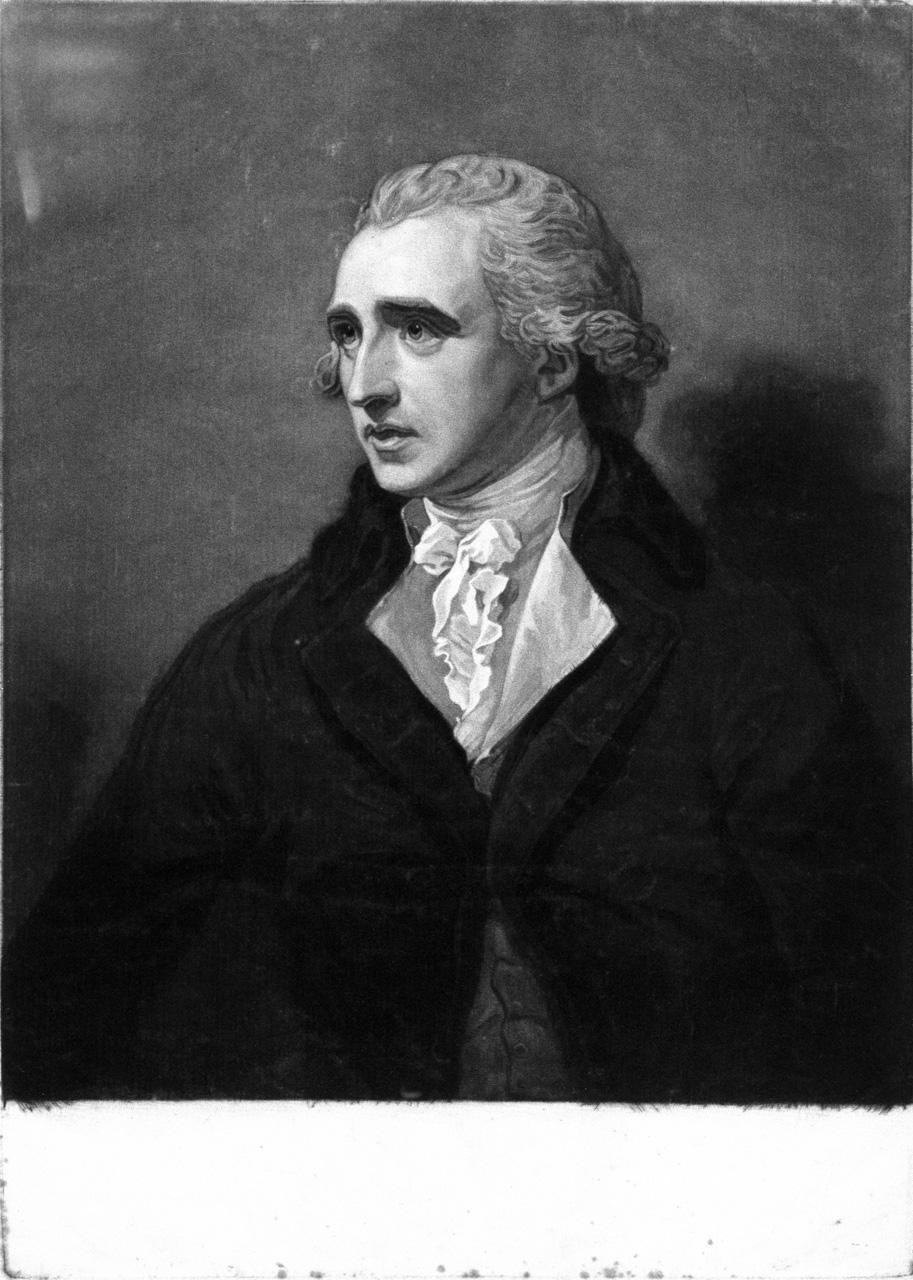
Emma’s lover, Charles Greville, could never have anticipated the extent of Emma’s gift for modelling, or the rapport she would establish with George Romney. The success of this artistic partnership may have complicated the straightforwardly controlling relationship that he had established and intended when Emma first became his mistress. Beyond question, it also began to erode Emma’s anonymity. Although the story of her life was unknown except to her immediate circle, her face was now famous. And for Greville – who longed and plotted for a wealthy and aristocratic wife – Emma’s increasingly high profile and celebrity became a considerable hindrance.
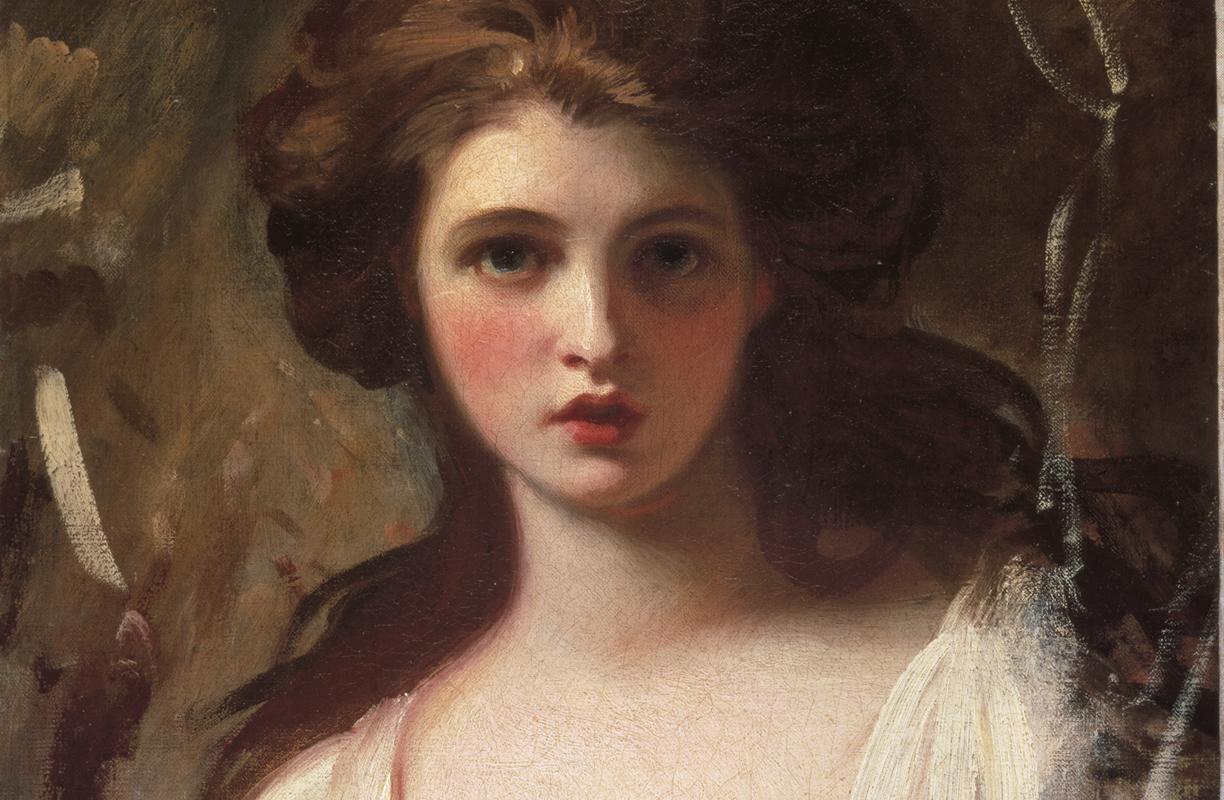
A solution to his difficulties came in the form of his uncle: Sir William Hamilton, the British envoy in Naples. Sir William had visited London in 1783 following the death of his first wife. Greville introduced him to Emma, and the ageing diplomat and aesthete was struck by her resemblance to the ideals of classical beauty. Unknown to Emma, and over a period of many months, Greville wrote to Hamilton (whose fortune he hoped to inherit) persuading him to take her on as his own mistress – passed from nephew to uncle like the paintings and sculptures that both men collected so avidly. In Greville’s words:
‘She is the only woman I ever slept with without having had any of my senses offended, and a cleaner, sweeter bedfellow does not exist.’
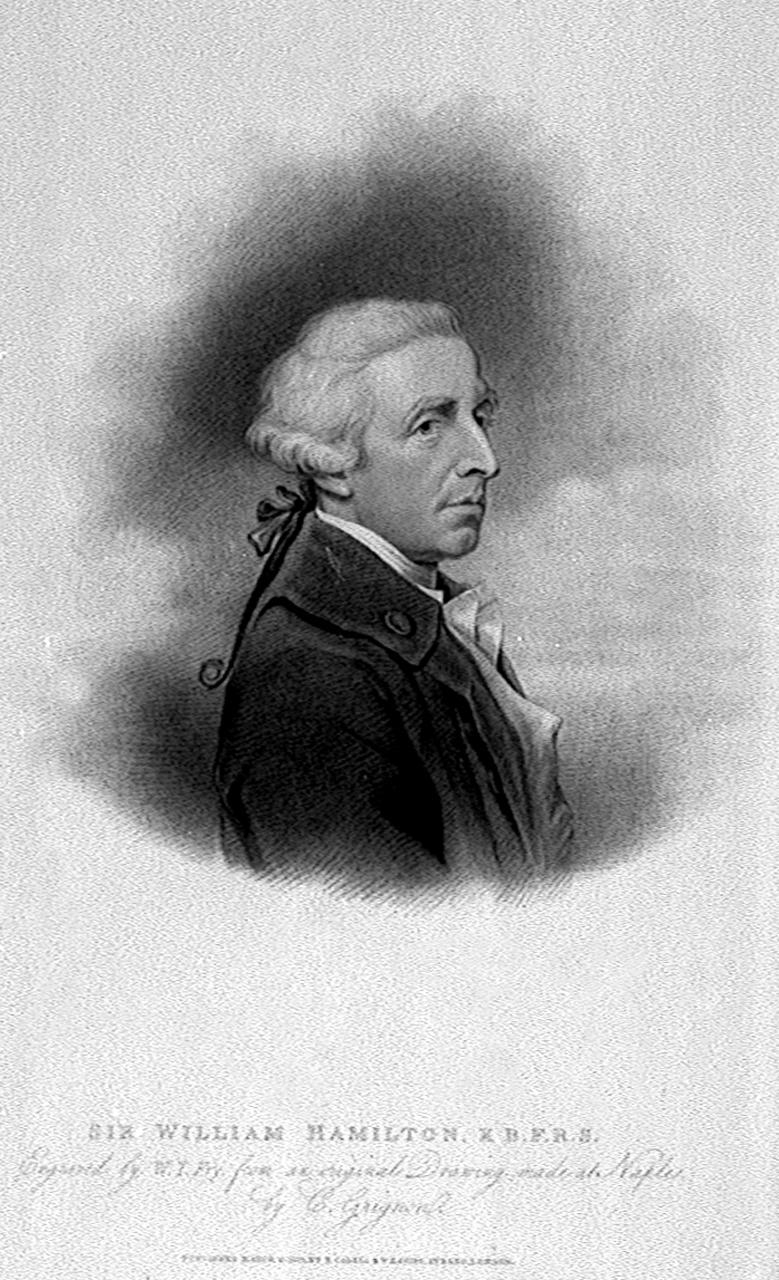
In 1786, and accompanied by her mother, Emma was sent to Naples, excited by the prospect of improving herself through travel, and fully expecting Greville (who she genuinely loved) to join her. Among the first things she would have seen on reaching Hamilton’s residence in Naples, the Palazzo Sessa, were portraits of herself that he had commissioned from Sir Joshua Reynolds and George Romney while in London in 1783.
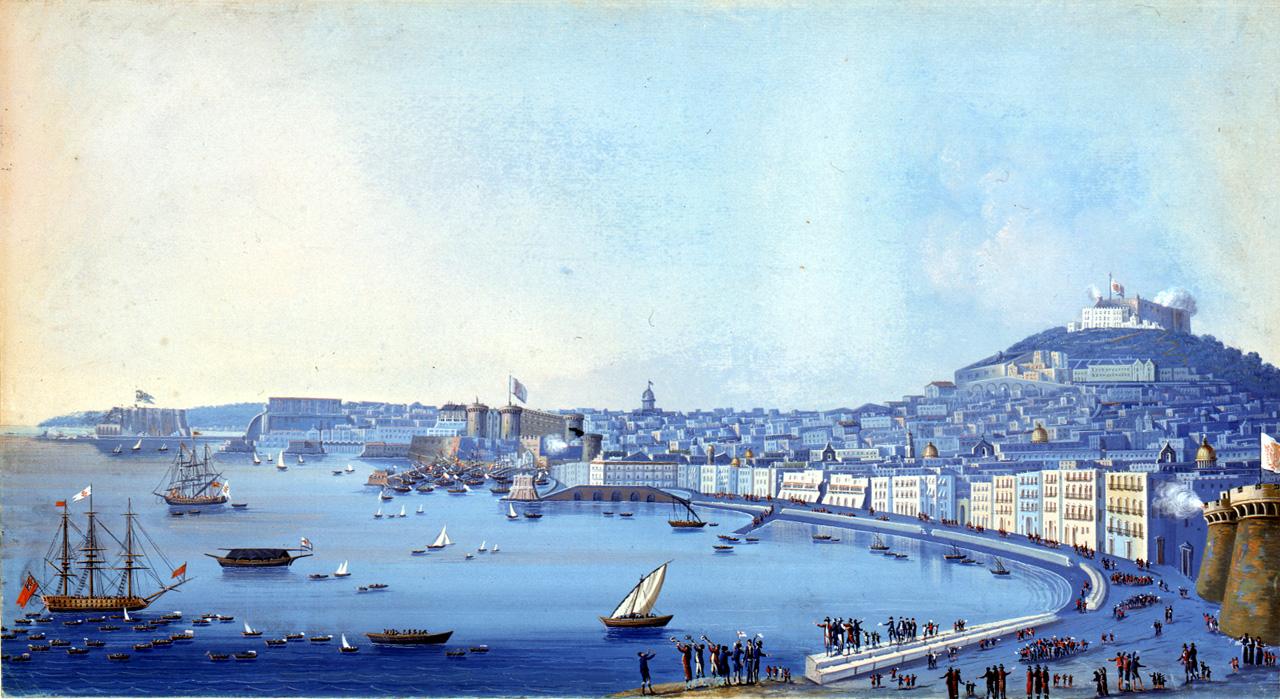
Over the course of the following weeks, it became clear to Emma that Greville would never arrive. Crushed and anguished, she sent him a torrent of letters full of anger and humiliation, but no reply was forthcoming:
‘If you knew what pain I feil in reading those lines when you advise me to Whore nothing can express my rage, I am all madness, Greville…to advise me to go to bed with him, Sr Wm [Sir William]. Oh that’s worst of all…I would murder you & myself boath.’
Greville’s objectification and sexual exploitation of his former lover were by any standards dramatic. Viewed through the mores of the time, however, they were not unusual, and reveal the extreme and inescapable vulnerability of property-less young women such as Emma. Indeed, Emma’s path was rarely free from the potential of sexual objectification and exploitation to influence and sometimes define her. The imposed powerlessness and passivity of this identity – ‘possession’ – accurately reflects moments in her complex life. But this was, of course, only part of the story. As we will see in her next incarnation, Emma’s used intelligence, energy and creativity to shape her circumstances, seize opportunities and challenge expectations.
Next: Student
Emma Hamilton: Seduction and Celebrity
Explore the extraordinary life of Emma Hamilton, illustrated by over 200 objects in our major exhibition.